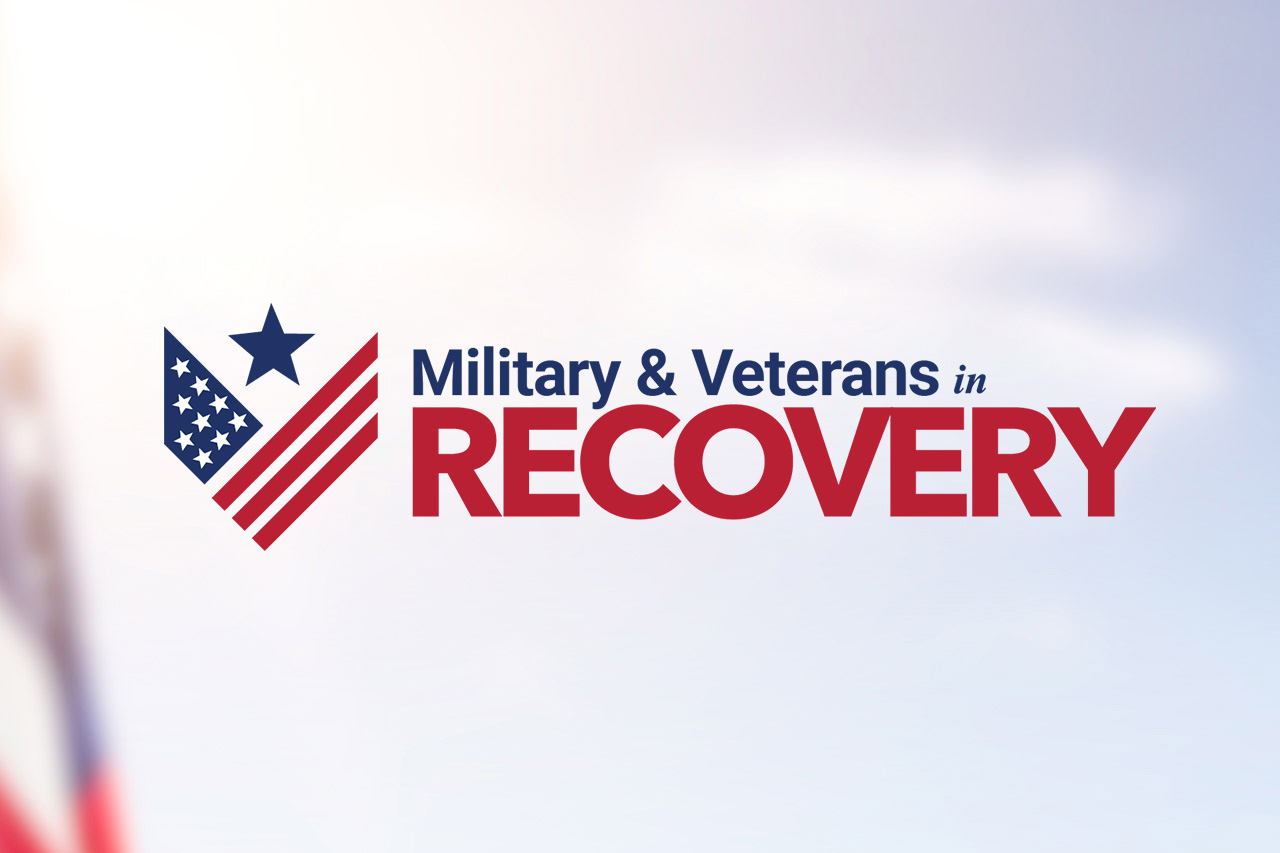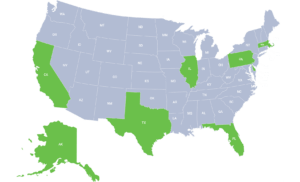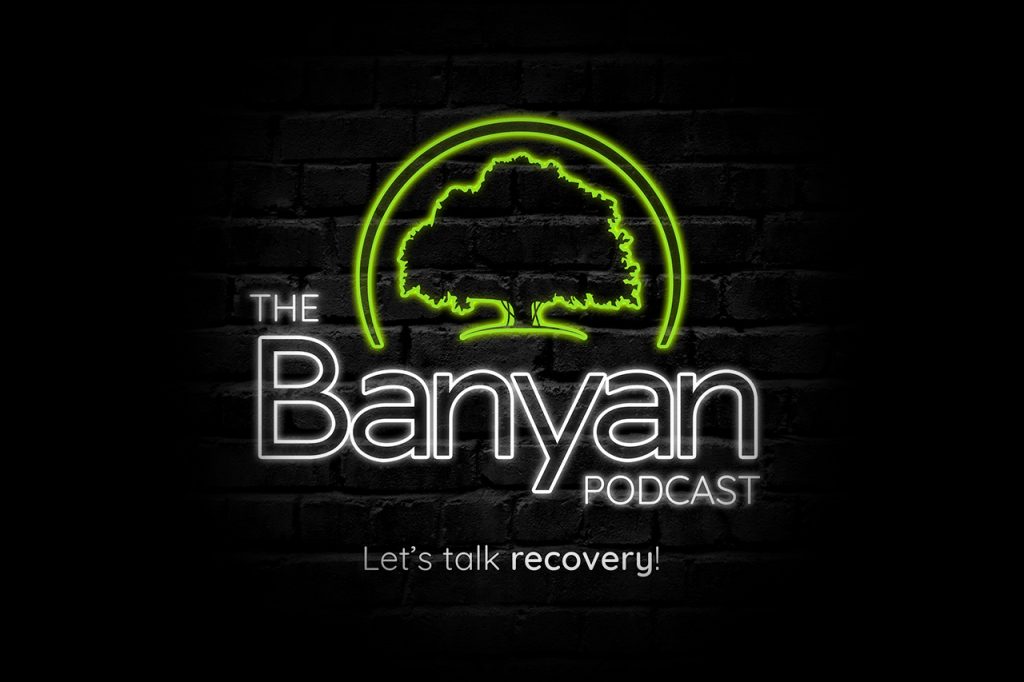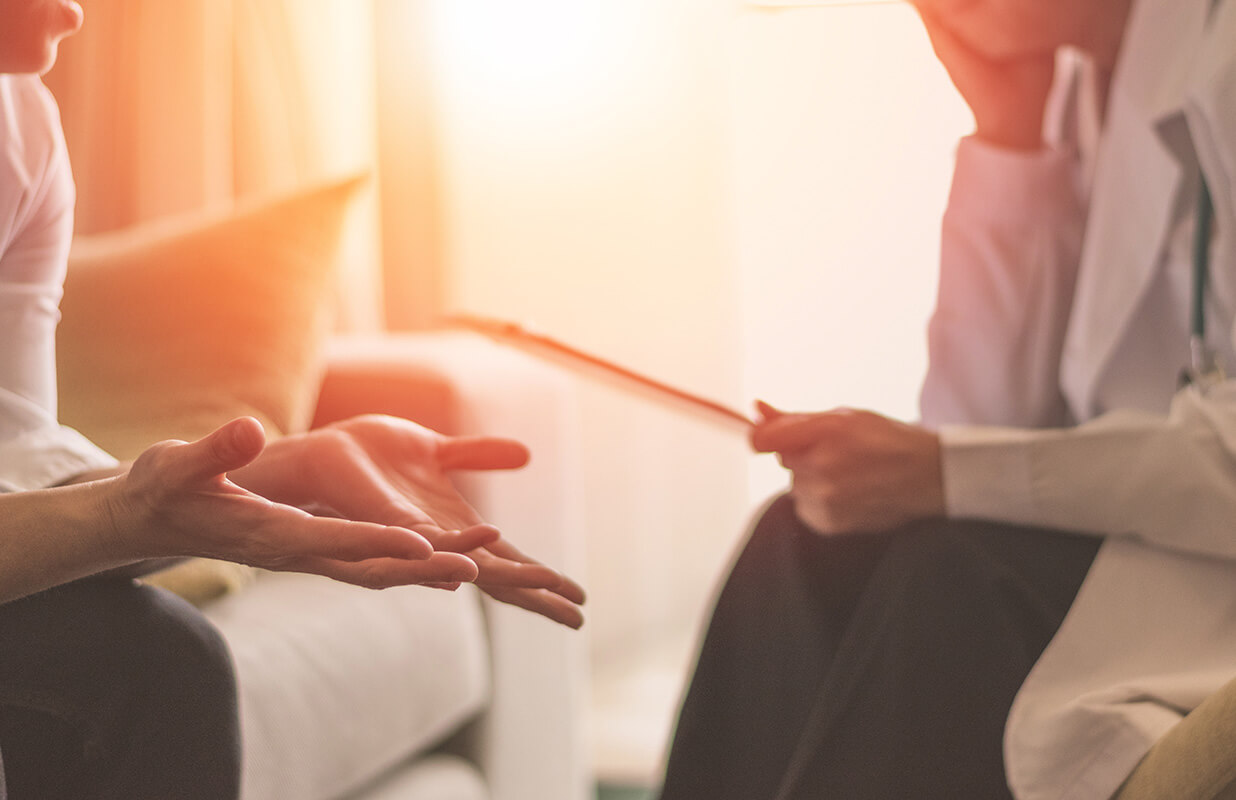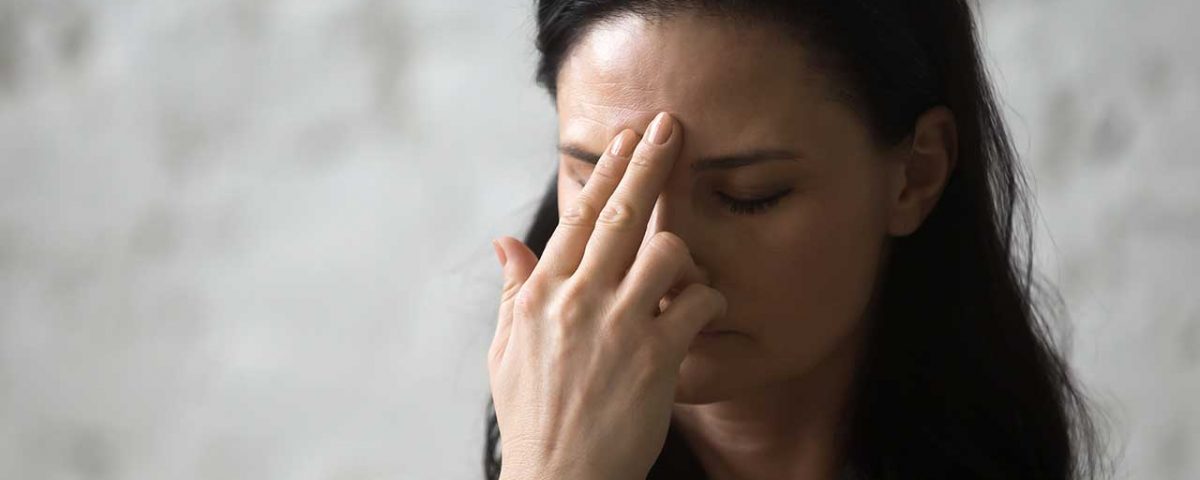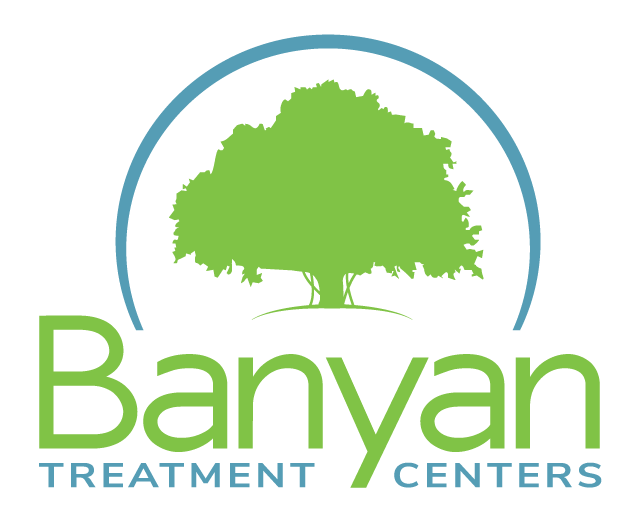Anxiety and panic attacks are moments of sudden and intense fear. Although anxiety is a mental illness, anxiety attacks are also marked by physical symptoms like rapid heart rate, excessive sweating, dry mouth, dizziness, and rapid breathing. While these anxiety attacks aren’t fatal, they can be terrifying. What’s more, symptoms like rapid breathing can especially make you feel like you’re having a heart attack, which may worsen the feeling. For those with anxiety disorders, here are some effective breathing techniques for anxiety attacks that can help you relax.
Why Does Anxiety Cause Shortness of Breath?
Anxiety is the body’s natural response to fear, otherwise known as the fight-or-flight response. Your body reacts in both physical and mental ways to prepare you to either fight the threat or run away from it. Shortness of breath is one of these responses.
It’s common to experience shortness of breath from anxiety attacks. You may feel like you can’t catch your breath, feel a tightness in your chest, or feel as if you’re suffocating. Various studies have shown that an increase in alertness can affect certain functions due to anxiety, causing shortness of breath, among other symptoms. Other symptoms that may occur during anxiety attacks include:
- Chest tightness
- Heart palpitations
- Feeling as if you have a lump in your throat
- Restlessness
- Irritability
- Feeling faint
- Dizziness
- Lack of coordination or balance
- Nausea and/or upset stomach
- Muscle tension
Anxiety causes shortness of breath due to your body’s fight-or-flight response. This response creates a sensation of anxiety on purpose to protect you. If it didn’t, you might not feel enough motivation to run or remove yourself from a bad situation. This sensation produces a stressful response, so you snap into action.
Tightness of the chest, shortness of breath, and rapid breathing are all normal responses to anxiety. This is simply the body’s way of getting more oxygen to the muscles, preparing you to run. Your heart rate increases, and you may feel hot as your blood pumps faster, preparing you to fight.
For some people, this response can kick in even when they’re not running away from wild bears. A simple trip to a crowded grocery store or presenting something to a group at work can provoke anxiety symptoms.
Best Breathing Techniques for Anxiety Attacks
Understandably, it can be difficult to remember how to breathe during a panic attack. But by focusing on your breathing, you can get it under control and get the right amount of air into your lungs. When you do, you’ll find that your body and mind will eventually relax.
The most highly recommended breathing exercise for anxiety attacks is diaphragmatic breathing, which refers to using your diaphragm to breathe. When you’re experiencing shortness of breath during an anxiety attack, you’re generally breathing in through your mouth or with your chest.
Diaphragmatic Breathing
In general, Diaphragmatic breathing can help slow your heart rate, decrease your need for oxygen, and use less effort and energy to breathe. Here’s how to practice diaphragmatic breathing to help shortness of breath during anxiety attacks:
- Sit up comfortably in a chair or lie on your back on a flat surface.
- Place one hand on your upper chest and the other below your rib cage.
- Breathe in slowly through your nose, so the air goes into your stomach and pushes your hand out (instead of breathing air into your chest.)
- Tighten your stomach muscles and let them fall in towards your spine as you exhale through your nose or mouth.
- Practice this technique 5 to 10 minutes daily.
Exhale Longer Than You Inhale
Inhaling deeply may not work for you. While inhaling is actually linked to the sympathetic nervous system – which controls the fight-or-flight response – exhaling is linked to the parasympathetic nervous system, which influences our body’s ability to relax. Taking too many deep breaths too quickly can cause you to hyperventilate, which decreases the amount of oxygenated blood that flows to your brain and can induce further anxiety.
Instead, try to do the opposite:
- Thoroughly exhale before taking a deep breath during an anxiety attack.
- Try exhaling longer than you inhale, such as exhaling for six seconds while you inhale for four.
- Practice this technique for five minutes every time you experience a panic or anxiety attack.
Try Belly Breathing
Similar to diaphragmatic breathing, belly breathing requires you to inhale with your belly rather than your chest.
- Sit or lie down as you would with diaphragmatic breathing.
- Place one hand on your chest and one on your stomach above your navel.
- Breathe in through your nose with your belly. Your stomach should rise while your chest remains still.
- Purse your lips and exhale through your mouth. Try to flex the muscles in your stomach as you push air out.
Practice this daily for up to 10 minutes.
Practice Breath Focus
The purpose of these techniques is to focus on your breathing. The more you focus, the more control you will gain, and the better you’ll feel. While practicing the exercises we mentioned above, we also encourage you to engage in breath focus. You can do this by:
- Paying attention to how it feels when you inhale and exhale. Scan your body for tension.
- Inhaling slowly and deeply through your nose.
- Paying attention to your belly and upper body as you breathe.
- Exhaling in whatever way is comfortable for you, like sighing.
- Vocalizing as you exhale. You can say words like “calm” and “safe.”
- Imagining you are pushing out negative thoughts and energy as you exhale.
- Imagining a wave of peace washing over you as you inhale.
Practice these techniques for up to 20 minutes daily.
Equal Breathing
Equal breathing is a technique that originates from pranayama yoga. This practice requires you to inhale for the same amount of time you’re exhaling. You can practice this breathing exercise for anxiety while either sitting up or laying down. When you do, follow these steps:
- Close your eyes and focus on how you normally breathe for a few minutes.
- Slowly count to four as you inhale through your nose.
- Exhale for four counts.
- Focus on the feelings of fullness and emptiness as you breathe.
Resonant Breathing
Also called coherent breathing, resonant breathing can help you relax in moments of anxiety. Try it out:
- Lie down on your back and shut your eyes.
- Close your mouth and gently breathe in through your nose for six seconds.
- Don’t fill your lungs up with air completely.
- Gently and slowly exhale for six seconds (don’t force it.)
- Practice this for 10 minutes daily.
Lion’s Breath
Unlike the other breathing techniques for anxiety attacks we’ve mentioned, this one involves exhaling forcefully. Follow these steps and try it out for yourself:
- Get into a kneeling position, cross your ankles, and sit on top of your feet. If this is uncomfortable, sit crisscross.
- Bring your hands to your knees, stretching out your arms and your fingers.
- Inhale deeply through your nose.
- Exhale deeply through your mouth while vocalizing “ah.”
- During exhale, open your mouth as wide as you can and stick your tongue out, stretching it down toward your chin as far as it will go.
- Focus on the end of your nose while exhaling.
- Relax your face as you inhale and exhale.
- Repeat the practice up to six times, changing the crossing of your legs/ankles.
Alternate Nostril Breathing
Alternate nostril breathing is another common breathing tool for anxiety and should be practiced in a comfortable place while sitting and stretching out your spine and opening up your chest. Rest your left hand in your lap and raise your right hand. Then rest the pointer and middle fingers of your right hand on your forehead in between the eyebrows, almost as if you were making a fin on your forehead with your hand.
Next, close your eyes and inhale and exhale through your nose while following the steps below:
- Use your right thumb to close your right nostril and inhale slowly through your left nostril.
- Pinch your nose with your right thumb and ring finger and hold your breath for a moment.
- Close your left nostril with your right ring finger and exhale through the right. Wait a moment before you inhale again.
- Inhale slowly through the right nostril.
- Pinch your nose closed again and pause for a moment.
- Now, open the left side and exhale. Wait a moment before inhaling again.
- Repeat this cycle up to 10 times for 40 seconds each.
Anxiety Treatment at Banyan
If you have anxiety or panic disorders, these breathing techniques for anxiety attacks can help alleviate your symptoms. However, these aren’t always the solution. If your symptoms don’t go away or they worsen, you should seek professional support.
Many of our Banyan Treatment Center Locations offer mental health treatment, such as depression and anxiety treatment. Our disorder-specific programs are guided by our evidence-based therapy modalities to help clients understand their symptoms, what triggers them, and the best ways to cope.
Considering how stressful mental health disorders can be, we understand that many people with mental illnesses like anxiety and panic disorders are more likely to use drugs and alcohol to self-medicate. Fortunately, for those struggling with both addiction and mental illness, our select Banyan locations also offer co-occurring disorder treatment.
For further information about our mental health and addiction services, call Banyan Treatment Centers today at 888-280-4763.
Related Reading:






